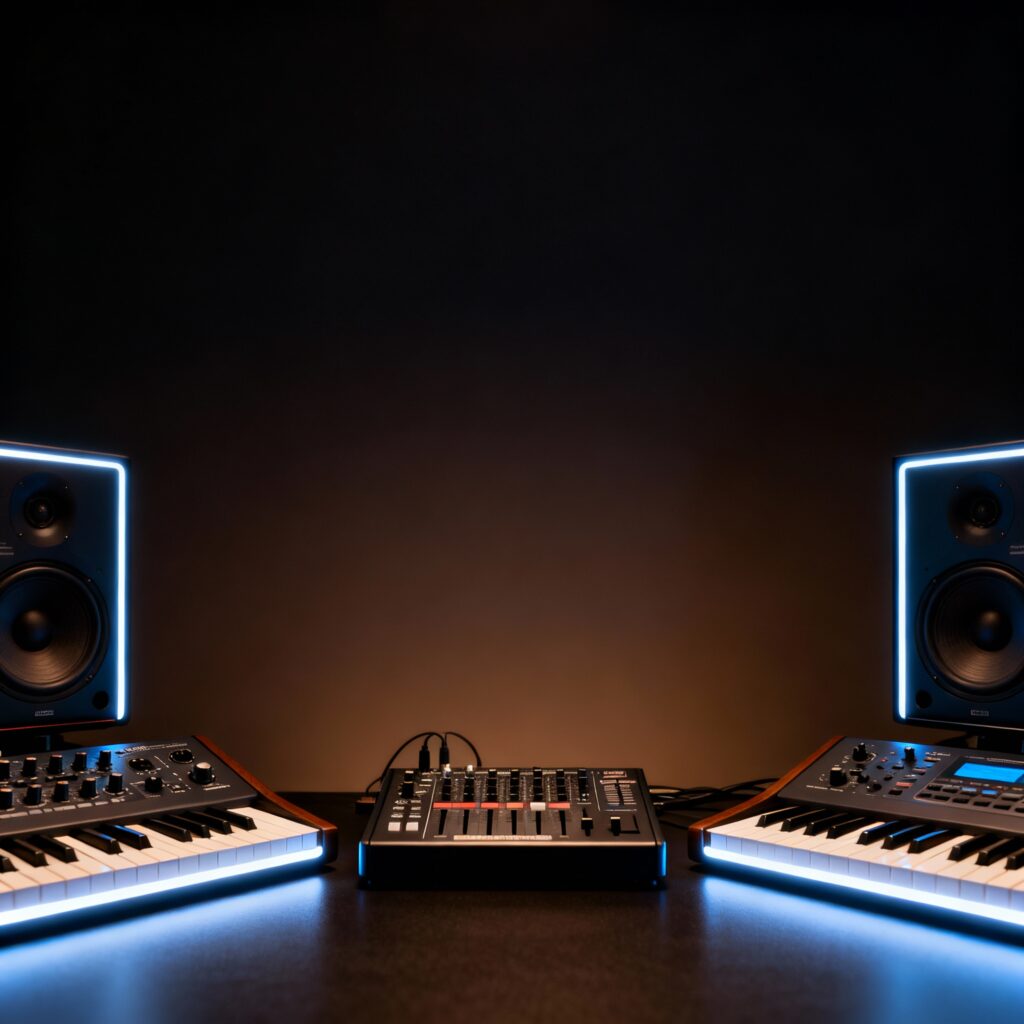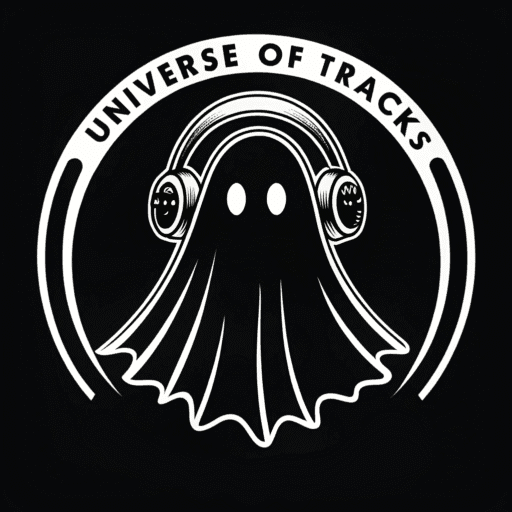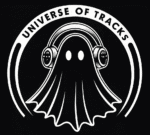Find Your Signature Sound: 5 Proven Steps to Stand Out
Every producer hits a wall. You master the tools, you learn the techniques, but your music still sounds… generic. If you struggle to find your signature sound, you’re not alone. If you struggle to find your signature sound, you’re not alone. In a world saturated with the same presets and sample packs, a unique sonic identity isn’t a luxury—it’s the only thing that will make you stand out. A signature sound is what gets you noticed, what builds a fanbase, and what makes an A&R stop scrolling.
Most tutorials teach you how to use a synthesizer. This blueprint will teach you how to think like a sonic architect. Forget about finding the “perfect” preset. It’s time to forge a sound that is undeniably, unforgettably yours.
This isn’t a list of vague tips like “be creative.” This is a systematic, 5-step process to deconstruct your influences, build your unique sonic palette, and develop a sound that no one else can replicate.
In This Blueprint You’ll Learn:
- Step 1: Deconstruct to Find Your Signature Sound
- Step 2: Define a Core Palette for Your Signature Sound
- Step 3: Engineer “Happy Accidents”
- Step 4: Make Processing Your Signature
- Step 5: The Feedback & Refinement Loop
Step 1: Deconstruct the Greats to Find Your Signature Sound
The first step to finding your own voice is to understand the voices of others on a deeper level. Choose three artists you admire, not for their popularity, but for their unique sonic fingerprint. Listen to their tracks not as a fan, but as an architect studying a building.
Instead of just listening to the melody, ask strategic questions:
- Sonic Palette: What specific types of sounds dominate? Are the drums acoustic and gritty or electronic and clean? Are the synths analog and warm or digital and sharp?
- Energy & Dynamics: How does the energy flow through the track? Is it a constant build, or does it use dramatic drops in energy to create impact?
- Space & Depth: How is the stereo field used? Is it wide and atmospheric or narrow and punchy?
As the legendary producer Brian Eno often discussed, the most innovative ideas come from a deep analysis of existing structures. This process isn’t about copying; it’s about reverse-engineering the principles behind the sounds you love to build your own foundation.

Step 2: Define a Core Palette for Your Signature Sound
The biggest enemy of a signature sound is infinite choice. Having thousands of plugins and samples leads to decision paralysis and generic results. A true sonic architect builds a masterpiece with a curated set of tools they have mastered.
Choose a deliberately limited “Core Palette”:
- One “Go-To” Synthesizer: Master one synth inside and out. Learn its every feature, its character, its limitations. This will become the heart of your melodic and harmonic content.
- One “Signature” Drum Kit: Build a custom drum kit of 20-30 samples that you love. These will be your core rhythmic sounds. Process them, layer them, and make them your own.
- A “Handful” of Effects: Select 3-5 effects plugins (a specific reverb, a unique delay, a characterful saturator) and use them consistently. The way you process sounds is as much a part of your DNA as the sounds themselves.
Working within these limitations forces you to be more creative and ensures a cohesive sound across all your productions.
This concept of a core palette is central to your sound design workflow. Building this sonic identity is similar to personal branding; it ensures your musical voice is consistent and professional. Resisting the urge to use hundreds of presets is the first step to crafting a sound that has true artistic depth and market value.

Step 3: Engineer “Happy Accidents”
A unique sound is rarely found by following a tutorial step-by-step. You will often find your signature sound in moments of unexpected chaos. You need to create a system that encourages these “happy accidents.”
- Resample Everything: Render a synth loop to audio. Then, stretch it, reverse it, chop it up, and pitch it differently. The imperfections and artifacts that emerge are a source of unparalleled uniqueness.
- Embrace Randomness: Use LFOs or “random” functions on your synth or effects parameters. Map them to filter cutoffs, panning, or delay times. Record a long take and then mine it for the best, most interesting moments.
- Break Your Presets: Load a preset you like, but then change everything. Swap the wavetable, change the filter type, and completely mangle the built-in effects. A preset should be a starting point, not a destination.
Step 4: Make Processing Your Signature
How you process your sounds is just as important as the sounds themselves. Many producers use effects for basic mixing, but a sonic architect uses them as a primary sound design tool.
Create your own unique effects chains. For example, instead of a simple reverb, try running a synth through a distortion pedal plugin, then a short delay, then a creative reverb, and finally an EQ to shape the whole thing. Save this chain. It is now your signature “space.” By mastering these advanced production techniques, you ensure your portfolio is ready for the critical ears of A&Rs, a key step we outlined in The Label Blueprint.
Step 5: The Feedback & Refinement Loop
A signature sound isn’t forged in a vacuum. Once you have 2-3 tracks built with your new approach, you need to test them.
- The “5-Second Test”: Play your track for another producer. Stop it after 5 seconds. Ask them if it sounded interesting or generic.
- The “Anonymous Test”: Share it in feedback communities without revealing it’s yours. See if people comment on the uniqueness of the sound design.
This feedback loop is critical for refining your identity. It’s an iterative process of creation, testing, and adjustment.
Forging a signature sound is the ultimate act of creative expression, but it’s also a demanding technical and strategic challenge. If you have the vision but want to accelerate the process with a team dedicated to building unique, professional-grade sonic identities, our architects are here to build your signature sound for you. This blueprint is your map to finally find a signature sound that lasts.
What is a "signature sound" for a music producer?
A signature sound is a unique and recognizable sonic identity that distinguishes a producer’s music. It’s a combination of specific sound choices, processing techniques, and arrangement styles that make their work instantly identifiable, which is crucial to find your signature sound and get noticed by labels.
How long does it take to find your signature sound?
Developing a signature sound is an ongoing process, not a final destination. However, by following a structured blueprint, a producer can forge the core of their sonic identity within a few months of focused, strategic work. Consistency is more important than speed.
Do I need expensive plugins to find a signature sound?
No. In fact, a unique signature sound is often found by mastering a limited set of core tools, even stock plugins. The “less is more” approach forces creativity and consistency, which are the key ingredients for developing a sound that is truly your own.

